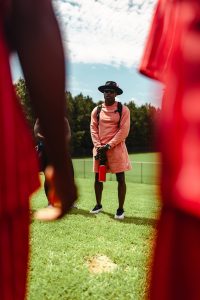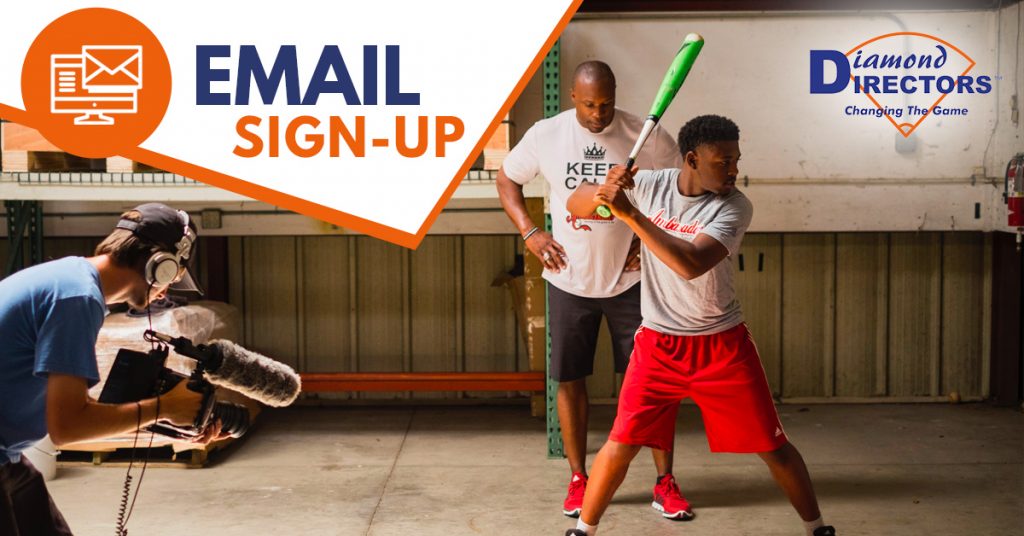
“When the student is ready, the teacher will appear. When the student is truly ready, the teacher will disappear.” — Tao Te Ching
We’re now in the final stretch of the Application Phase—May, June and July. This is when the work shows up, when the lights are bright and when the games count. It’s been a year-long journey through our four-phase development process:
- Assessment (Aug.–Oct.) – Try new things. See what works.
- Engagement (Nov.–Jan.) – Break it down. Build it up.
- Empowerment (Feb.–Apr.) – Take ownership. Lead your own growth.
- Application (May–July) – Show what you know. Live it out.
But this isn’t the end. It’s actually the beginning of the next cycle.
And if you’re serious about growing as a hitter, the Assessment Phase is your playground. It’s the time to test. Experiment. Discover. But you don’t just wander into assessment—you prepare for it with intention.
As a player who once didn’t listen to the teachers in my own journey, I know the regret that can come from ignoring the process. I didn’t reach my full potential as a Major League player—not because I wasn’t talented, but because I didn’t apply what I was being taught.
Today, as a coach, mentor and father, I hold tightly to this truth:
- Information + Experience = Knowledge
- Knowledge + Application = Power
So how do we make sure that hitters are actually ready to assess when the time comes?
By finishing strong—with purpose. Here are the top five things every hitter should do right now in the final days of the Application Phase to get the most out of what’s coming next:
1. Audit Your At-Bats with Brutal Honesty
Before you move forward, you’ve got to look back. Review game film, track your tendencies and be honest about your weaknesses:
- Were you consistently late on fastballs?
- Did curveballs freeze you or beat your barrel?
- Were you rolling over or getting jammed inside?
You can’t change what you won’t confront. Clarity leads to correction.
2. Write Down 2–3 Changes You’re Willing to Explore
This is where you begin to think SMART about your growth. Define changes that are:
- Specific – A wider stance, a quicker toe tap, a simplified load.
- Measurable – Use exit velocity, spray charts and swing metrics to track progress.
- Attainable – Don’t overhaul your entire swing overnight.
- Relevant – Make adjustments that align with your role and goals.
- Time-sensitive – Plan to test these in August–October, not forever.
It’s not about random tweaks. It’s about intentional trials.
3. Target Arm and Forearm Strength Without Losing Flexibility
Your swing is only as fast as your weakest link. If your forearms can’t support bat speed or extension, your power will plateau.
Add arm-specific strength work:
- Farmers carries
- Wrist rollers
- Bat speed training tools
But stretch and mobilize just as often. Strength without flexibility creates tension—not torque.
4. Train the Curveball Like It’s Fastball 2.0
Let’s be real—fall ball is spin season. Pitchers won’t give you cookie fastballs anymore. They’ll test your discipline with sliders, curveballs and changeups.
Start now:
- Face live arms that spin.
- Use breaking ball machine settings.
- Practice recognizing spin early and driving breaking balls with power, not panic.
You don’t want to just survive the offspeed—you want to punish it.
5. Build a Custom Assessment Plan
When August hits, don’t just show up. Show up with a plan.
Pick one focus in each category:
- Mechanic – (e.g., shorter hand path, more balanced stance)
- Mental Cue – (e.g., “Be early,” “Hit it where it’s pitched”)
- Situational Focus – (e.g., hitting behind runners, 2-strike approach)
That’s how you assess with intention—not trial and error, but trial and learning.
The players who grow the most aren’t just physically gifted—they’re mentally intentional. They finish the summer with purpose and enter the fall with a plan.
That’s what it means to trust the process—not just believe in it, but engage it with clarity.
Because at the end of the day, the teacher can’t teach what the student refuses to apply.
The teacher will appear.
The lessons will be given.
But when the student is truly ready…
…The teacher will disappear.
For more information, visit www.diamonddirectors.com today.
If you found this inspiring and thought-provoking, or if you have any questions, comments or concerns, add me on Discord and let’s go deeper.
C.J. Stewart has built a reputation as one of the leading professional hitting instructors in the country. He is a former professional baseball player in the Chicago Cubs organization and has also served as an associate scout for the Cincinnati Reds. As founder and CEO of Diamond Directors Player Development, C.J. has more than 22 years of player development experience and has built an impressive list of clients, including some of the top young prospects in baseball today. If your desire is to change your game for the better, C.J. Stewart has a proven system of development and a track record of success that can work for you.

Leave a Reply